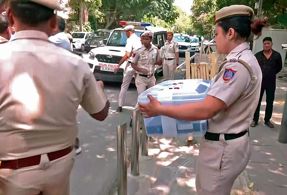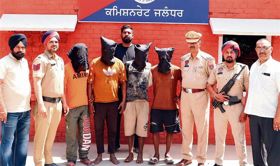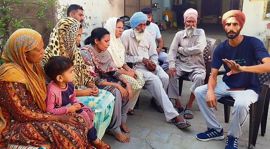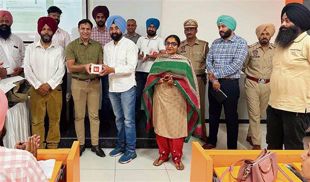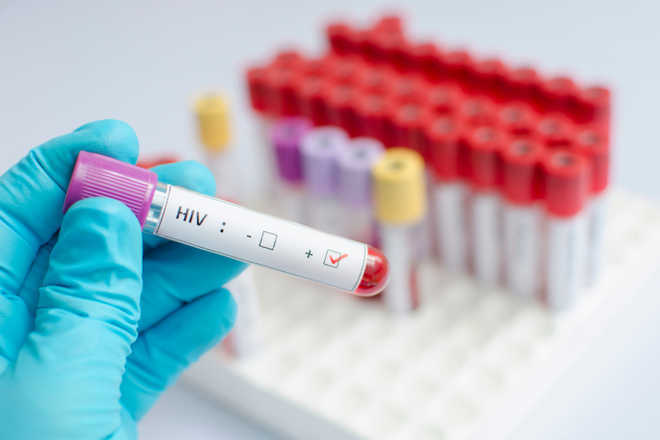
Photo for representation only. — Thinkstock.
WASHINGTON
Training lay people to conduct HIV testing can be an effective approach to reach high-risk populations and prevent the spread of the infection throughout the world, a study has found.
Lay providers can serve as a critical addition to efforts to help achieve the United Nations' global HIV targets by 2020 and help to cover the "last mile" of HIV services to at-risk populations.
The study—published in PLOS ONE—suggests that community-based HIV testing is an effective approach to reach people at risk of HIV who have never been tested or test infrequently.
Key at-risk populations include people who inject drugs, men who have sex with men, female sex workers, and first-time HIV testers.
A cross-sectional survey of 1,230 individuals tested by lay providers found that 74 per cent of clients belonged to at-risk populations, 67 per cent were first-time HIV testers, and 85 per cent preferred lay provider testing to facility-based testing.
Furthermore, lay provider testing yielded a higher HIV positivity rate compared to facility-based testing and resulted in a high ART initiation rate of 91 per cent.
"Innovation in HIV testing is absolutely critical to meet these ambitious targets, and community-based HIV testing offers a promising solution to connect undiagnosed people with the services they need," said Kimberly Green, HIV & TB Director at PATH, a nonprofit global health organisation based in the US.
Lay providers participating in the study belonged to community-based organisations led by at-risk populations in urban areas and to village health worker networks in rural mountainous areas.
Providers used a single rapid diagnostic test in clients' homes, at the offices of community-based organizations, or at any private place preferred by the client.
This approach helped to overcome barriers that had prevented key populations from seeking facility-based testing services, such as a perceived lack of confidentiality, fear of stigma and discrimination, inconvenient service opening times and distance, and long waiting times for test results.
Clients who had an HIV-reactive test were referred to the nearest health facility for HIV confirmatory testing, and those who received a confirmed HIV-positive result were referred to a public or private clinic for enrollment in ART.
Clients with non-reactive test results received counseling to re-test after three or six months and were referred to a local health facility for HIV prevention services.
The study provides new evidence on the effectiveness of HIV testing administered by non-health care workers representing key populations and frontline village health volunteers.
The results also support findings from community-based HIV testing approaches in other regions, including sub-Saharan Africa, that have demonstrated comparatively high rates of HIV testing uptake, high HIV positivity yields, and high success rates in linking people to care. — PTI
























